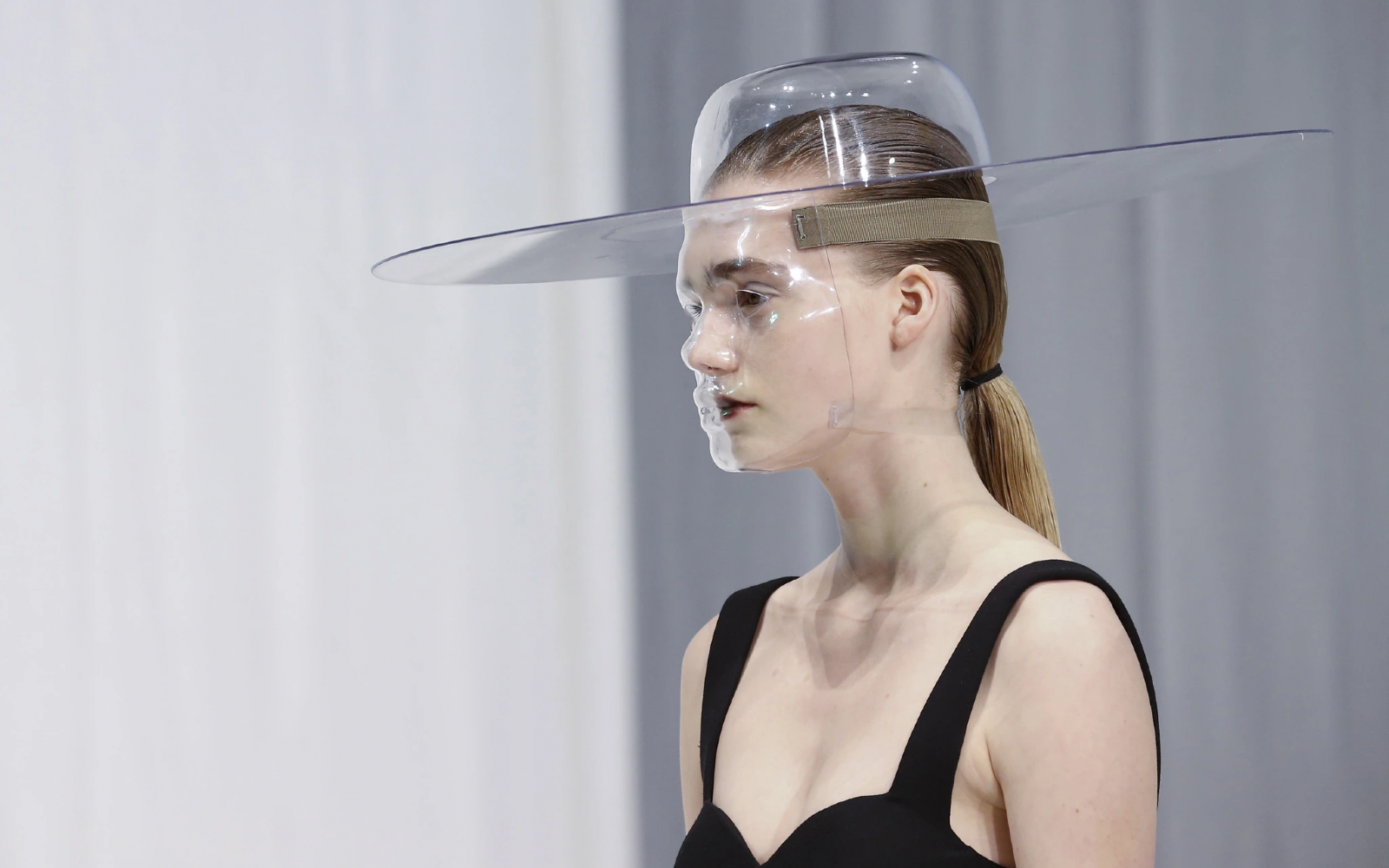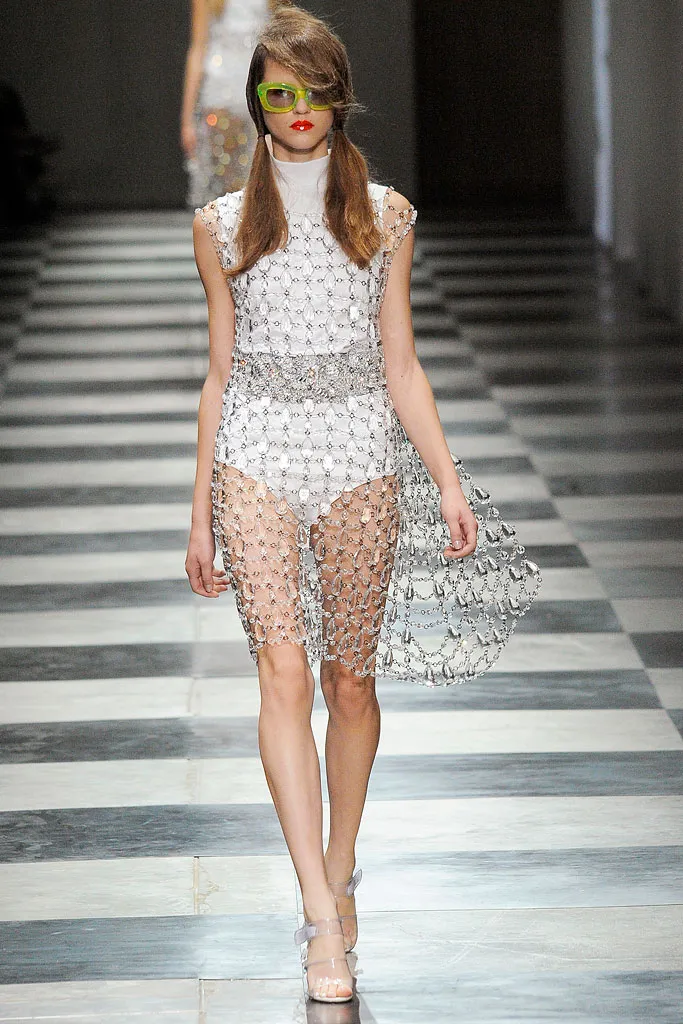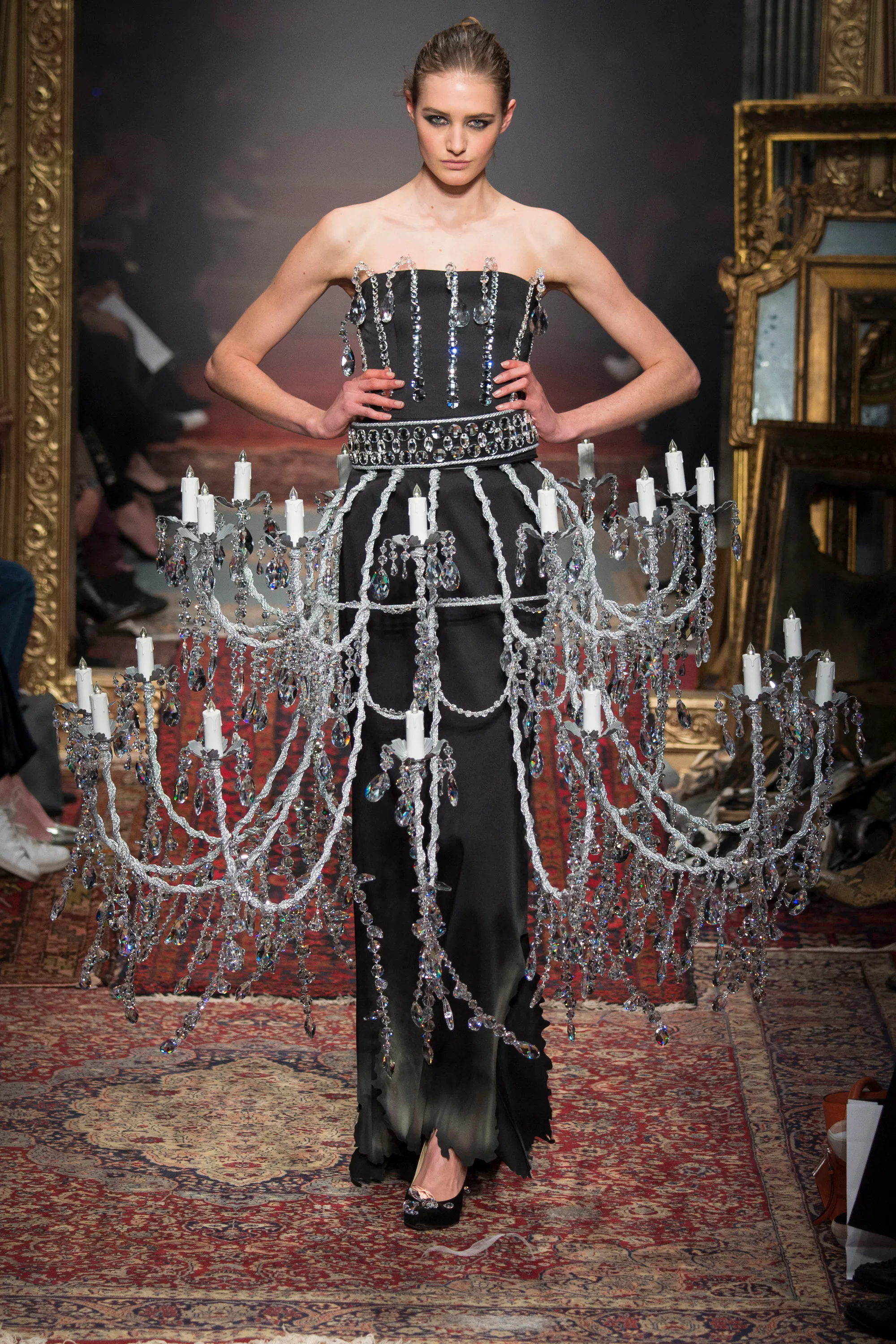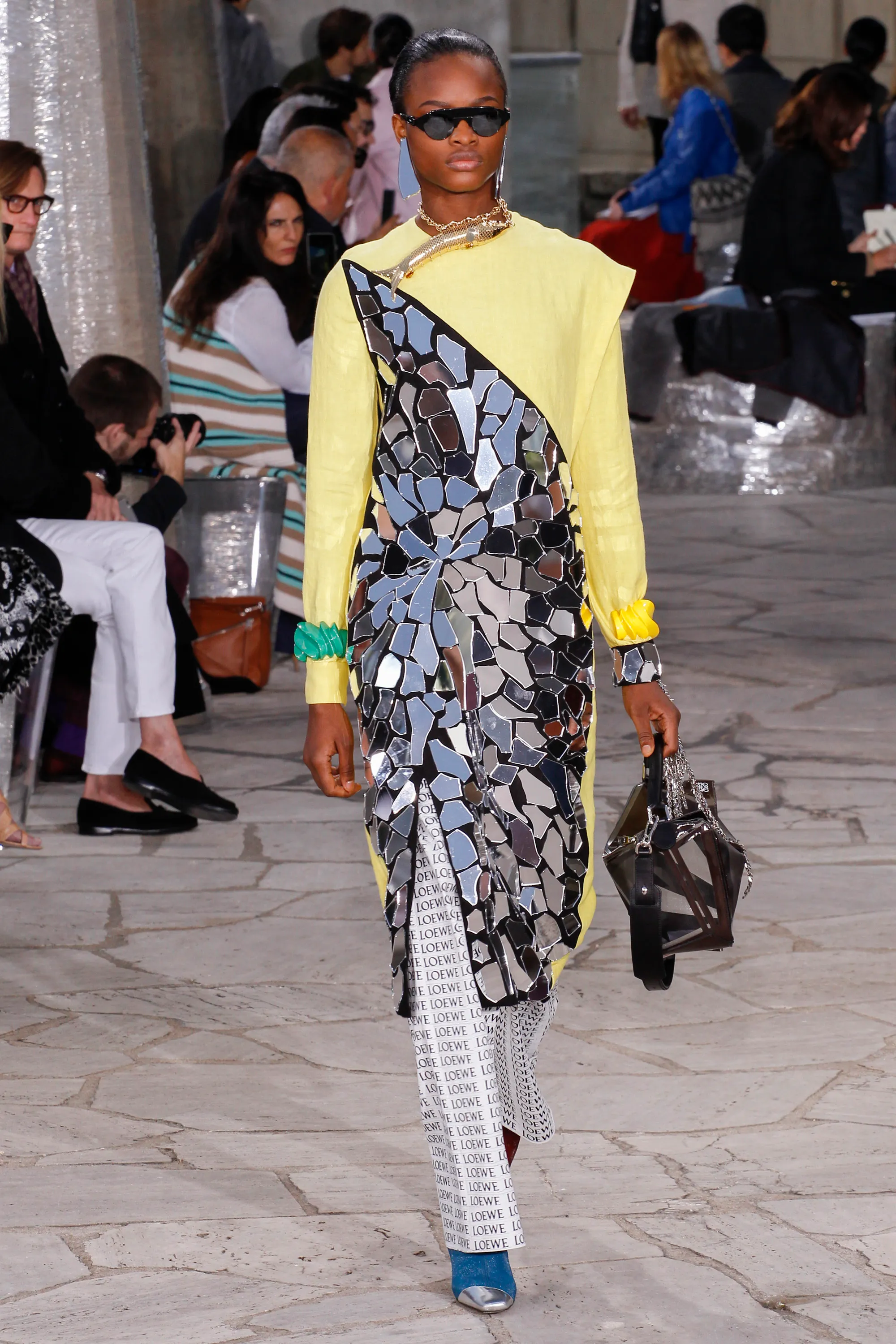
When fashion is made of glass Glass as a narrative and creative tool of some of the most famous designers
Delimiting the realm of fashion is by no means easy and may not even be possible. Over the decades, countless, often daring experiments have been conducted with an endless number of fabrics, innovative techniques, various manipulations and the ever more daring combination of all the elements mentioned so far. Among the most complex materials designers have approached is certainly glass, both in its very essence, as the actual silicon, and in all its implementations and reinterpretations through optical effects, texture games and conceptual similarities. One could therefore speak of the so-called "glass fashion" to refer to this trend, which has taken place in changing stages in recent history.
Concluding this account of fashion's interpretation of glass are the proposals of Belgian designer Iris van Herpen, who, with similar results to Anderson but with a much more pronounced tendency towards scientific experimentation, proposes structures that crystallise huge splashes of water in a temporal suspension, in both the SS11 prêt-à-porter and subsequent couture collections. A few years later, in the FW16 prêt-à-porter collection, his "glass fashion" becomes a geometric and architectural framework reminiscent of modern transparent domes, showing how the same concept can be declined in infinite combinations, even by the same creative mind.















































